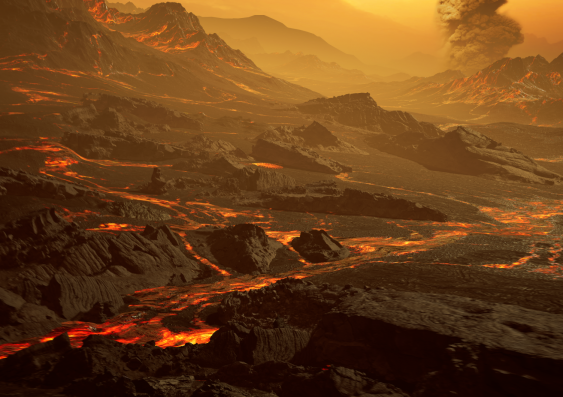
A rocky planet discovered in the Virgo constellation could change how we look for life in the universe. It could be our best chance yet of studying rocky planet atmospheres outside the solar system, a new international study involving UNSW Sydney shows.
The planet, called Gliese 486b (pronounced Glee-seh), is a ‘super-Earth’: that is, a rocky planet bigger than Earth but smaller than ice giants like Neptune and Uranus. It orbits a red dwarf star around 26 light-years away, making it a close neighbour — galactically speaking.
With a piping-hot surface temperature of 430 degrees Celsius, Gliese 486b is too hot to support human life...
Read More









Recent Comments